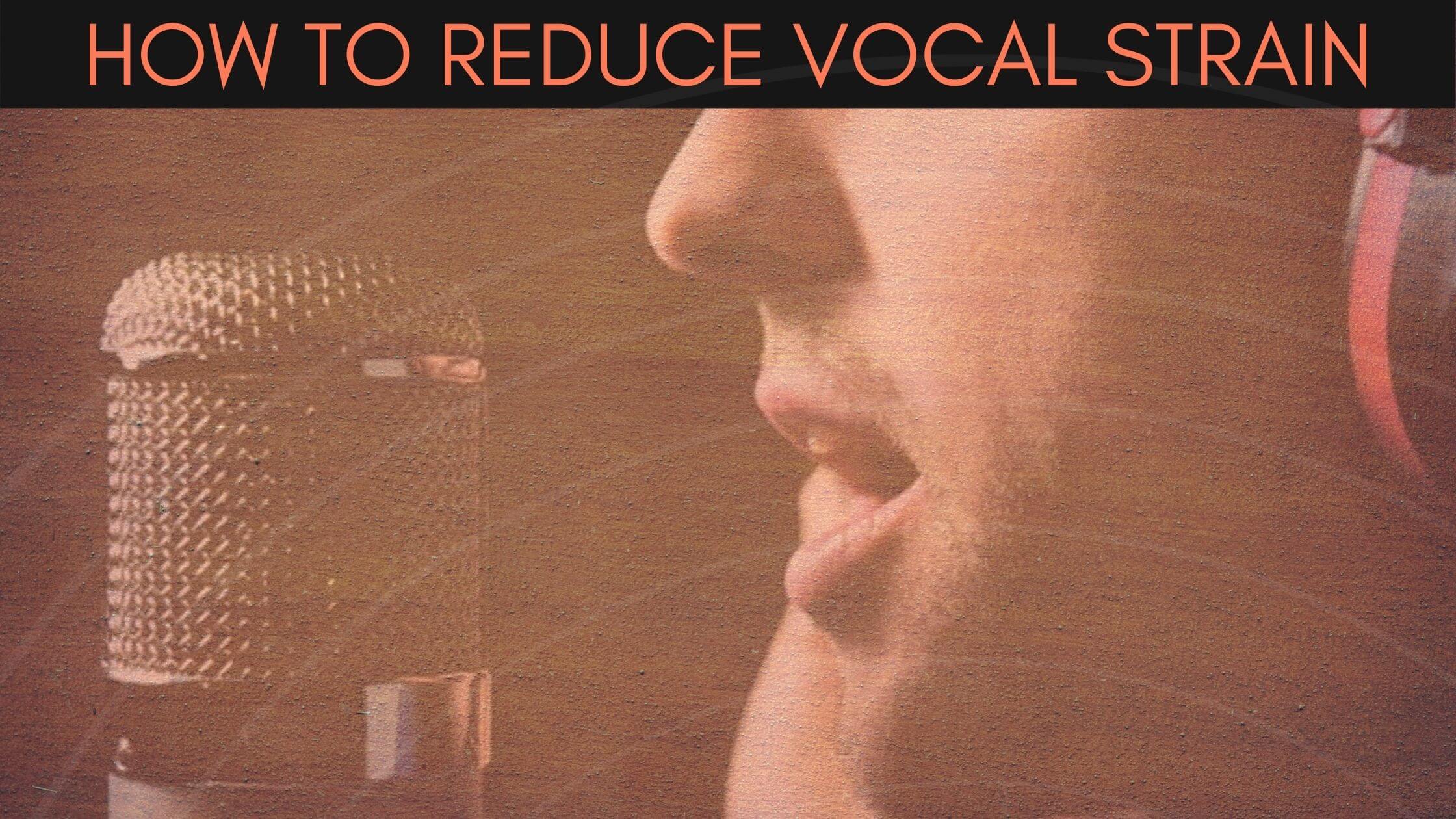How To Reduce Vocal Strain
July 16, 2021
Strain And Pain: A Guide To Reducing Excess Tension When You Sing
Camille van Niekerk
First, what is vocal strain?
Vocal strain refers to the overuse or misuse of the muscles involved in singing. Sometimes, strain will show up as engagement of muscles that normally wouldn’t be engaged in the singing process.
Why is that bad?
1. Strain indicates that we are putting our vocal folds under too much stress, and other muscles are trying to “help out”.
2. Straining negatively impacts our tone and limits our vocal abilities, as you tire out more easily.
3. Repeatedly straining the voice can lead to long-term damage.
But the vocal folds are hidden within the throat, so how do you know if you’re straining your voice?
Our first indicator is pain. If you feel pain when you’re singing, that’s a sign that you’ve got some strain going on.
Our second indicator is extrinsic muscle tension. If you see or feel your neck, jaw, shoulders, or abdomen tensing up when you sing, that’s another sign that those extrinsic muscles are trying to “help” your voice out.
The last indicator is auditory. A skilled voice teacher will be able to point out vocal strain if they hear signs of tightness or excess pressure in your sound.
What can I do to stop straining?
A good overall approach to reducing excess tension is to first pinpoint what is tensing! Sing in front of a mirror for visual cues and pay attention to where you feel tightness in your body.
Then, either:
(1) Move those muscles to prevent them from “grabbing” or “locking up”
OR
(2) Remove those muscles from the equation
Using movement
If you see your jaw clenching, sing on a syllable that requires you to soften and mobilize those muscles. For example, sing on the syllable WUH or YUH instead of lyrics or a vowel, and let your jaw move freely as you sing.
If you see or feel your neck muscles “popping out”, slowly shake your head “no” as you sing to prevent those muscles from locking up.
If your tongue is retracting (pulling back), sing on the syllable KEEH (sounds like “key”). The “K” sound requires your tongue to move so it can’t get “stuck”, and the “EE” vowel brings it to the front of your mouth.
Removing the overactive muscle
This is a great approach for a tense tongue root (which usually shows up as a “Kermit the Frog”-like tone and/or a sensation of “bulking up” in the throat). Remove the tongue from the equation by sticking it out so it’s relaxed and resting on your bottom lip. Sing any exercise pattern on the syllable HUH or HAH in this position; then, bring your tongue back into your mouth and sing the same exercise pattern, keeping it just as soft and relaxed.
Final thoughts
The ultimate goal with all of the above is to let the correct muscles do their job without the "help" of the extrinsic muscles that are tensing. As you reduce the level of extrinsic muscle action, you may feel that your voice is a little weaker or less stable, since you’ve removed the muscles that have been “helping”. But at the same time, your throat should begin to feel more free and your support muscles (abdominals) can take up the heavy lifting.
Check out our tutorial on removing vocal strain here (https://www.30daysinger.com/tutorial/removing-vocal-strain/1), and watch an hour-long lesson on strain & vocal health here (https://www.youtube.com/watch?v=s6HRdzfpT20).


